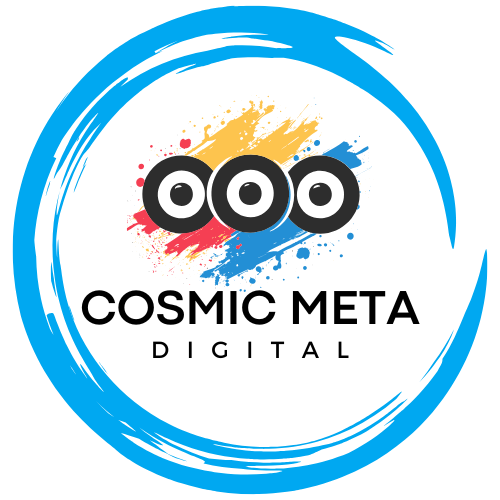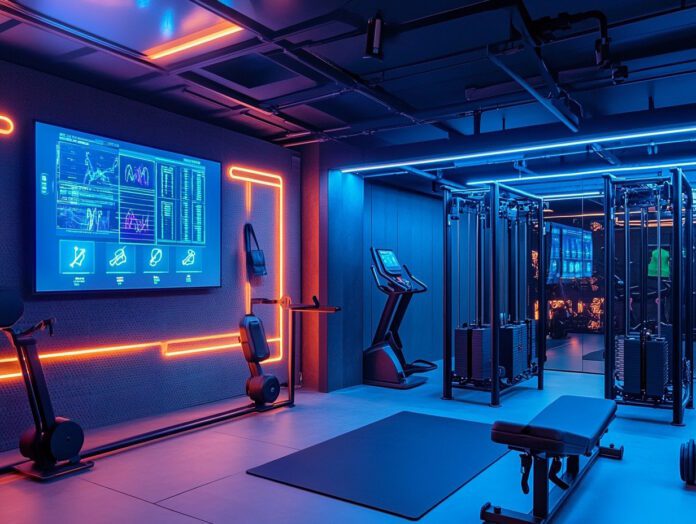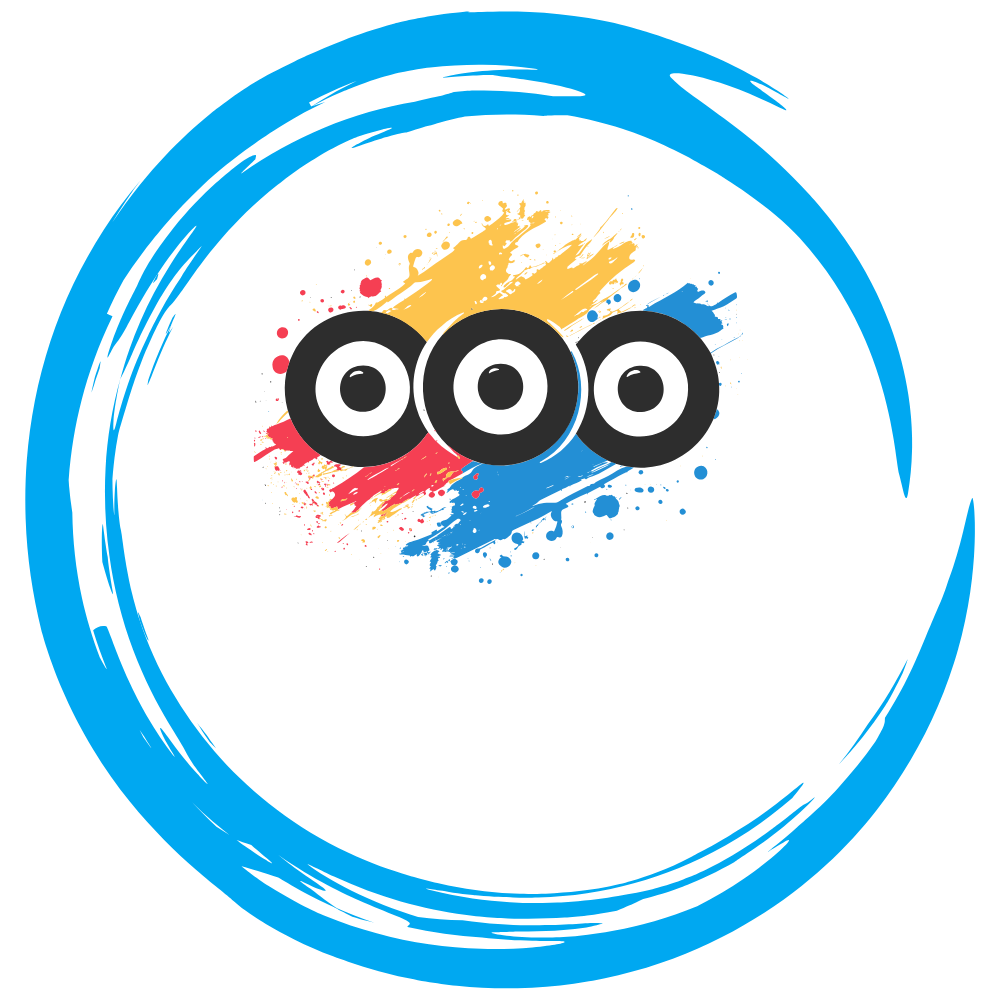Introduction
The intersection of neuroscience and fitness is leading to revolutionary advancements in how we train, recover, and optimize performance. Brain-Computer Interfaces (BCIs)—once confined to medical and research applications—are now entering the fitness industry, offering cutting-edge ways to enhance workouts. By leveraging real-time brainwave analysis, BCIs provide personalized training, improved focus, and optimized recovery, transforming how we exercise.
This article explores how BCIs are revolutionizing fitness, the science behind their effectiveness, and the future implications of neuro-fitness.
What Are Brain-Computer Interfaces (BCIs)?
BCIs are neurotechnology devices that enable direct communication between the brain and an external system. Originally developed for assisting individuals with disabilities, BCIs are now being integrated into consumer technology for health and fitness applications.
How BCIs Work in Fitness
- Electroencephalography (EEG) Sensors – Measure electrical activity in the brain during workouts.
- Machine Learning Algorithms – Analyze brainwave data to detect fatigue, focus levels, and neural responses.
- Adaptive Feedback Systems – Adjust workout intensity, music, or virtual coaching based on real-time cognitive and physiological states.

Applications of BCIs in Workouts
1. Cognitive Training and Focus Enhancement
BCIs help athletes and fitness enthusiasts improve mental resilience and focus. Devices like Muse and NeuroSky use EEG sensors to track cognitive states, allowing users to enhance concentration through biofeedback training.
2. Real-Time Performance Optimization
BCIs monitor brain activity during exercise, identifying moments of peak performance or mental fatigue. For example:
- If the device detects reduced motivation, it can trigger motivational cues.
- During endurance training, BCIs can suggest breathing exercises to maintain focus.
3. Customized Workout Plans
Using neuro-data, BCIs can create personalized workout regimens that adapt to an individual’s cognitive load, ensuring maximum efficiency and preventing overtraining.
4. Neuro-Fatigue Management and Recovery
Overtraining can lead to burnout and reduced performance. BCIs help manage fatigue by:
- Tracking cortical activity to assess recovery needs.
- Suggesting meditation or low-intensity activities to enhance brain recovery.
Benefits of BCIs in Fitness
- Increased Mental Endurance – Strengthens focus and cognitive stamina.
- Enhanced Motivation – Real-time feedback fosters better engagement.
- Better Injury Prevention – Identifies fatigue before it leads to injury.
- Optimized Recovery – Monitors neural recovery and suggests rest periods.

Challenges and Ethical Considerations
- Data Privacy – Brain data is sensitive; security must be a priority.
- Affordability – High costs may limit accessibility.
- Adaptation Period – Users need time to adjust to neuro-feedback-based training.
The Future of Neuro-Fitness
As AI, wearable tech, and neuroscience converge, BCIs are expected to become an integral part of fitness training. Future developments may include implantable BCIs for ultra-precise tracking, VR-enhanced neuro-fitness programs, and AI-driven cognitive coaching.
Useful Resources
- NeuroSky EEG Headsets: Explore NeuroSky’s range of EEG headsets designed for various applications, including fitness and cognitive training.
- Applications, Challenges, and Policy: This report examines BCIs, including non-invasive devices worn on the head, and their applications in various fields.
- Consumer EEG Headsets: A comprehensive guide to various consumer-grade EEG devices, including Muse and NeuroSky, suitable for personal and research purposes.
- Current and Emerging Rehabilitation Applications: An overview of how BCIs are being used in rehabilitation and their potential future applications.
- Applications of Brain-Computer Interfaces (BCIs): A resource detailing various applications of BCIs, including neurofeedback meditation and sleep devices.
These resources offer valuable insights into the current landscape of BCIs and their integration into fitness and cognitive training.
Conclusion
Brain-Computer Interfaces are transforming fitness by unlocking the power of neuro-data to enhance training, optimize performance, and improve recovery. While challenges remain, the potential for personalized, brain-driven workouts makes BCIs one of the most exciting frontiers in fitness technology.
Would you consider integrating BCIs into your workouts? Let us know in the comments!



